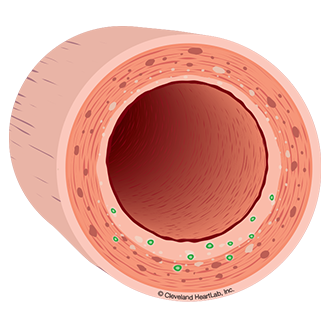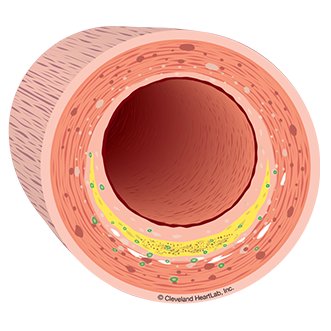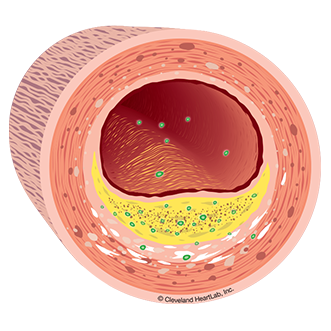Receiving vital health testing from providers like KnowYourRisk helps you gain insight into your risks for chronic diseases. After your appointment you’ll receive a medical bill that needs to be paid promptly. KnowYourRisk offers online bill pay to quickly handle payments from the comfort of your home. Learn how easy and secure it is to pay your KnowYourRisk medical bill digitally.
Overview of KnowYourRisk Billing
KnowYourRisk specializes in advanced cardiovascular and diabetes testing to assess your risk for conditions like heart disease and stroke They aim to provide more proactive healthcare by detecting risks early
After your appointment and lab testing with KnowYourRisk, you’ll receive a medical bill if you have any cost-sharing responsibility per your insurance coverage and deductible. Many policies cover a portion of preventive health screening.
It’s important to pay your portion promptly to avoid late fees or having an outstanding balance sent to collections. Pay online, by phone or mail.
How to Pay Your KnowYourRisk Bill Online
KnowYourRisk offers digital bill pay through their website for fast simple payments
-
Go to KnowYourRisk.com and click on “Pay Your Bill”
-
Enter your account number and billing details
-
Select your payment amount and method
-
Input your card or bank account information
-
Review payment summary and submit
-
Receive a confirmation email with receipt
Payments are processed immediately when paid online. You can use Visa, Mastercard, Amex, Discover or pay directly from a bank account.
Setting Up a Payment Plan
If you can’t afford to pay your full KnowYourRisk bill at once, you may qualify for a payment plan to split the balance into multiple smaller installments over time. Contact their billing department to discuss your financial situation and arrange a monthly payment schedule.
Some tips when requesting a payment plan:
-
Ask to make equal installments over 3-6 months
-
Set up automatic payments so you don’t forget
-
Provide updated contact and income information
-
Keep making on-time payments to remain in good standing
Payment plans help avoid further late fees while responsibly paying off your balance.
Financial Assistance Options
If you simply can’t afford your KnowYourRisk medical bill even with a payment plan, financial assistance may be available:
-
Many states offer health screening assistance funds for testing
-
Non-profit groups may help with medical bills for underserved groups
-
Ask if KnowYourRisk offers any sliding-scale discounts based on income
-
Federally Qualified Health Centers provide low-cost screening
-
Medicare may cover screenings like cardiovascular testing
Discuss your financial situation openly so KnowYourRisk can direct you to appropriate medical bill help if needed. Don’t let an inability to pay prevent you from receiving their valuable preventive health testing.
Avoiding Medical Bill Payment Problems
Paying your KnowYourRisk statement promptly helps avoid issues like:
-
Late fees being added to your balance
-
Lower credit score due to outstanding medical debt
-
Disruptions to your future care for unpaid balances
-
Collection agency involvement for long overdue bills
Login online frequently to monitor your KnowYourRisk account balance. Communicate about any payment difficulties right away. Keep personal information updated so bills and statements reach you accurately.
Convenience of Online Bill Pay
KnowYourRisk makes it easy to securely handle your medical bill digitally in just minutes. Online bill pay prevents the hassle of mailing payments and avoids processing delays. Monitor your account and pay quickly from your smartphone or computer anytime to maintain positive standing. Prompt payment gives peace of mind your health screening bills are resolved.
Knowyourrisk.com Pay Your Bill: 5
KnowYourRisk: 18

INFLAMMATION AND HEART DISEASE
Watch the Know Your Risk Video™ to learn more about how simple blood and urine tests help doctors assess inflammation so they have a more complete picture of your individual risk for a heart attack and stroke. Understand how doctors identify which patient is at risk based on inflammation test results.
Cleveland HeartLab offers simple blood and urine testing that provides you and your doctor information that may be used to help evaluate your risk for heart disease. These tests can be used alongside cholesterol testing to provide a more complete picture of YOUR RISK for heart disease.




Information about the inflammation test for F2-Isoprostanes (F2-IsoPs).
Information about the inflammation test for Urinary Microalbumin.
Information about the inflammation test for Oxidized LDL (OxLDL).
Information about the inflammation test for Myeloperoxidase (MPO).
Information about the inflammation test for High-sensitivity CRP (hsCRP).
Information about the inflammation test for Lp-PLA2 Activity.
ARE YOU AT RISK?
Ultrasound and imaging tests help doctors identify patients at risk for a heart attack but they cannot be done everywhere and are too expensive to be done on everyone. Fortunately there are new blood and urine tests that are easy to do in your doctor’s office. These simple tests can help you and your doctor know your risk for a heart attack or stroke. When you KNOW YOUR RISK of a heart attack or stroke, you can work with your doctor to REDUCE YOUR RISK.
Age – Your risk increases as you get older. Gender – Men are at higher risk if over 45 years of age and women if over 55 years of age. Family History – Your risk is higher if members of your family have had cardiovascular disease (heart attack, bypass surgery, a stent, or stroke) at a young age; before age 55 years for men or before age 65 years for women. High Blood Pressure – Know your blood pressure. Ideally it should be less than 120/80 mm Hg when you are at rest, although somewhat higher levels are often OK with your doctor when you’re older. High Blood Cholesterol – Your risk for heart attack is lower if your LDL-cholesterol is less than 100 mg/dL and your non-HDL-cholesterol is less than 130 mg/dL. Physical Inactivity – Sitting for long periods of time increases your risk. Even moving around for 5-10 minute periods throughout the day can lower heart attack risk. Obesity and Overweight – Risk for disease is related to those extra pounds around your waist line. Losing 5-10% of your body weight reduces health risk. Smoking – Research has shown that every 5 cigarettes a day smoked increases heart attack risk. Quitting smoking reduces heart attack risk immediately. Diabetes – It is very important to KNOW your blood sugar level. Normal blood sugar levels are under 100 mg/dL.]
Pay Your Bill Online RRH
FAQ
How to pay credit bill online?
